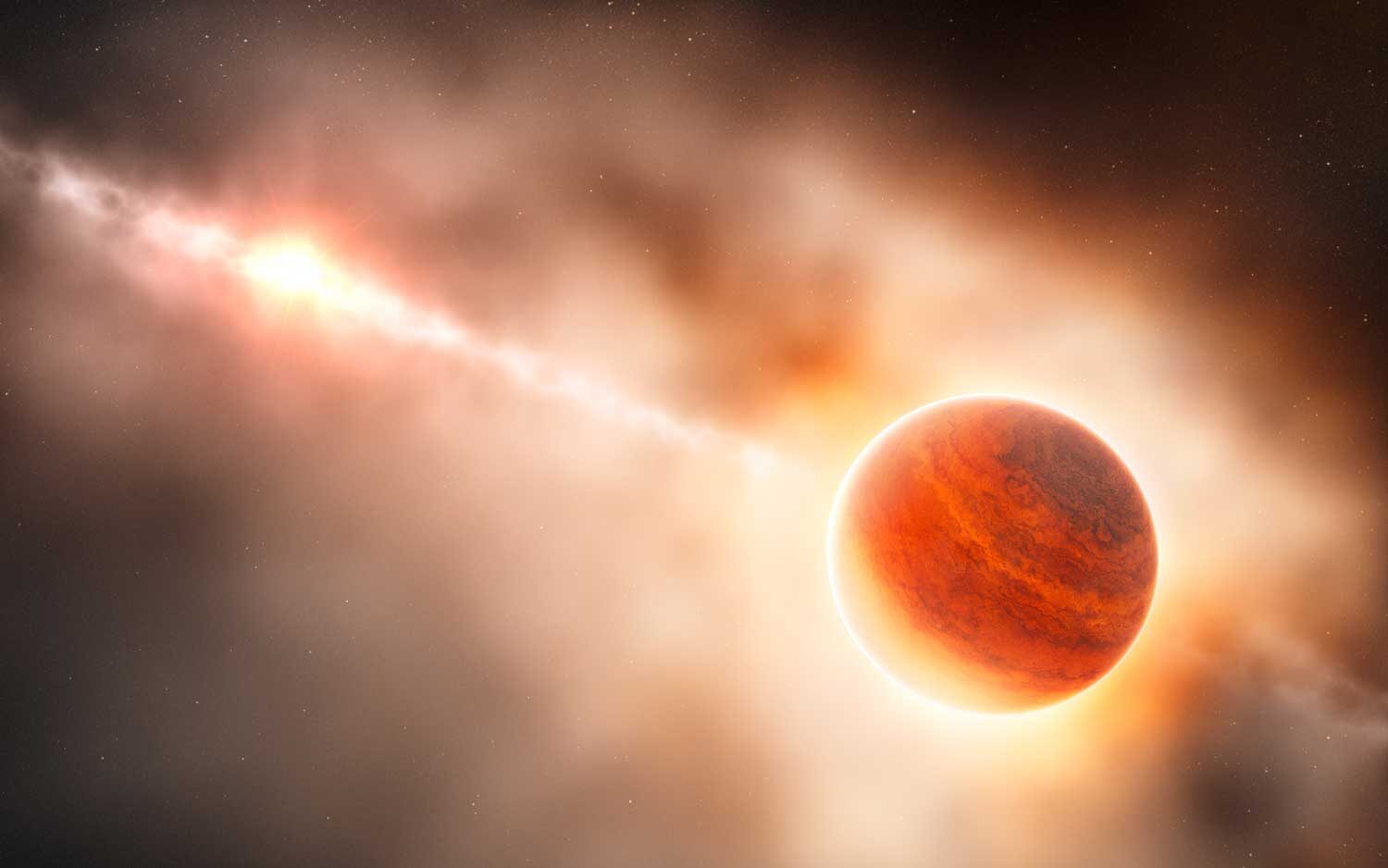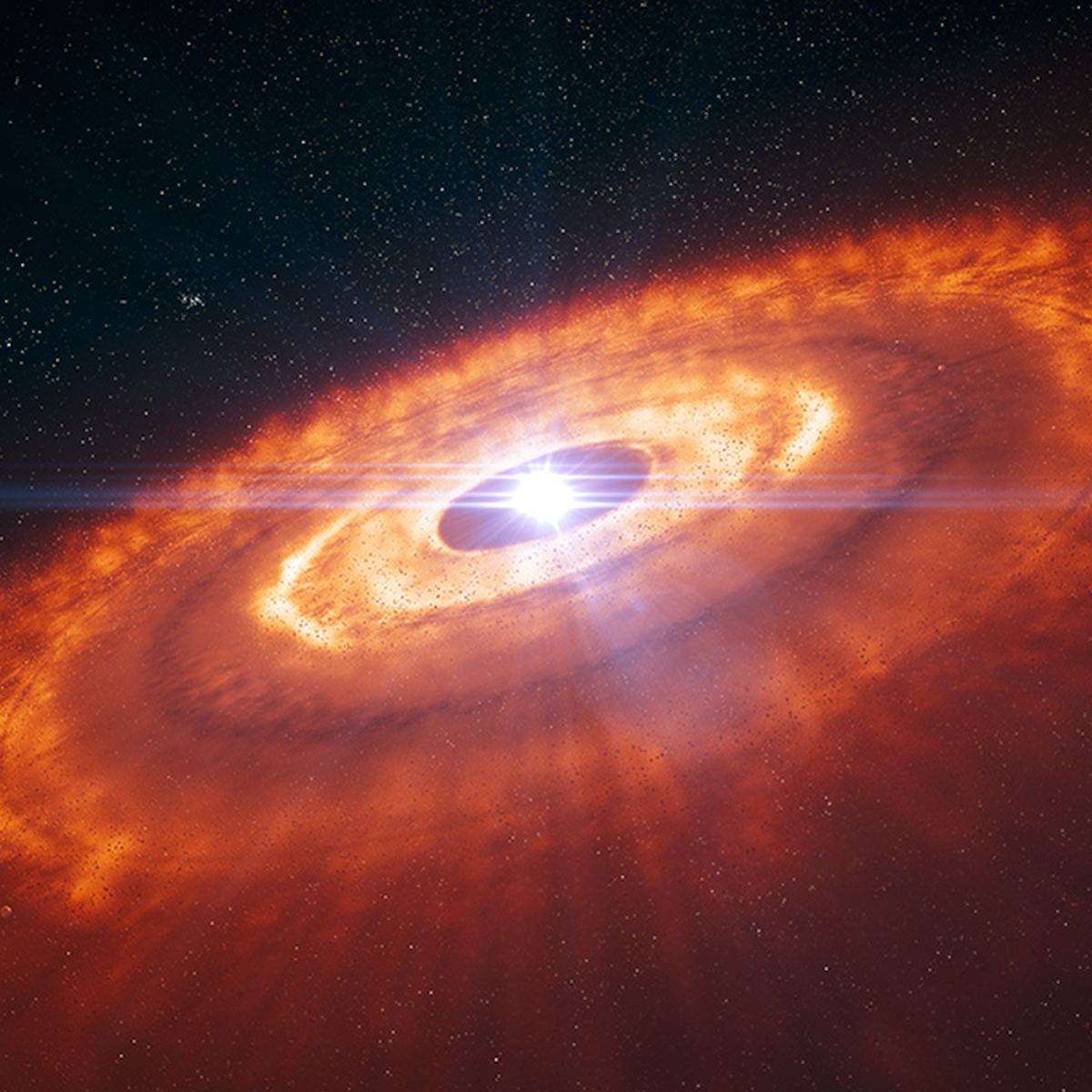Beginning in 1610, when famed Renaissance polymath Galileo Galilei observed the night sky using a telescope of his own manufacture, astronomers gradually realized that our Solar System is part of a vast collection of stars known today as the Milky Way Galaxy. By the 20th century, astronomers had a good idea of its size and structure, which consisted of a central “bulge” surrounded by an extended disk with spiral arms. Despite all we’ve learned, determining the true morphology of the Milky Way has remained a challenge for astronomers.
Since we, the observers, are embedded in the Milky Way’s disk, we cannot see through the center and observe what’s on the other side. Using various methods, though, astronomers are getting closer to recreating what a “birds-eye” view of the galaxy would look like. For instance, a team of researchers from the Chinese Academy of Sciences (CAS) used the precise locations of very young objects in our galaxy (for the first time) to measure the morphology of the Milky Way. This revealed a multiple-arm morphology consisting of two symmetrical arms in the inner region and many irregular ones in the outer region.
Continue reading “What Does the Milky Way Look Like?”
![Artist’s impression of one of the two stars in the FU Orionis binary system, surrounded by an accreting disk of material. What has caused this star — and others like it — to dramatically brighten? [NASA/JPL-Caltech]](https://www.universetoday.com/wp-content/uploads/2020/02/PIA20689_fig1.jpg)









